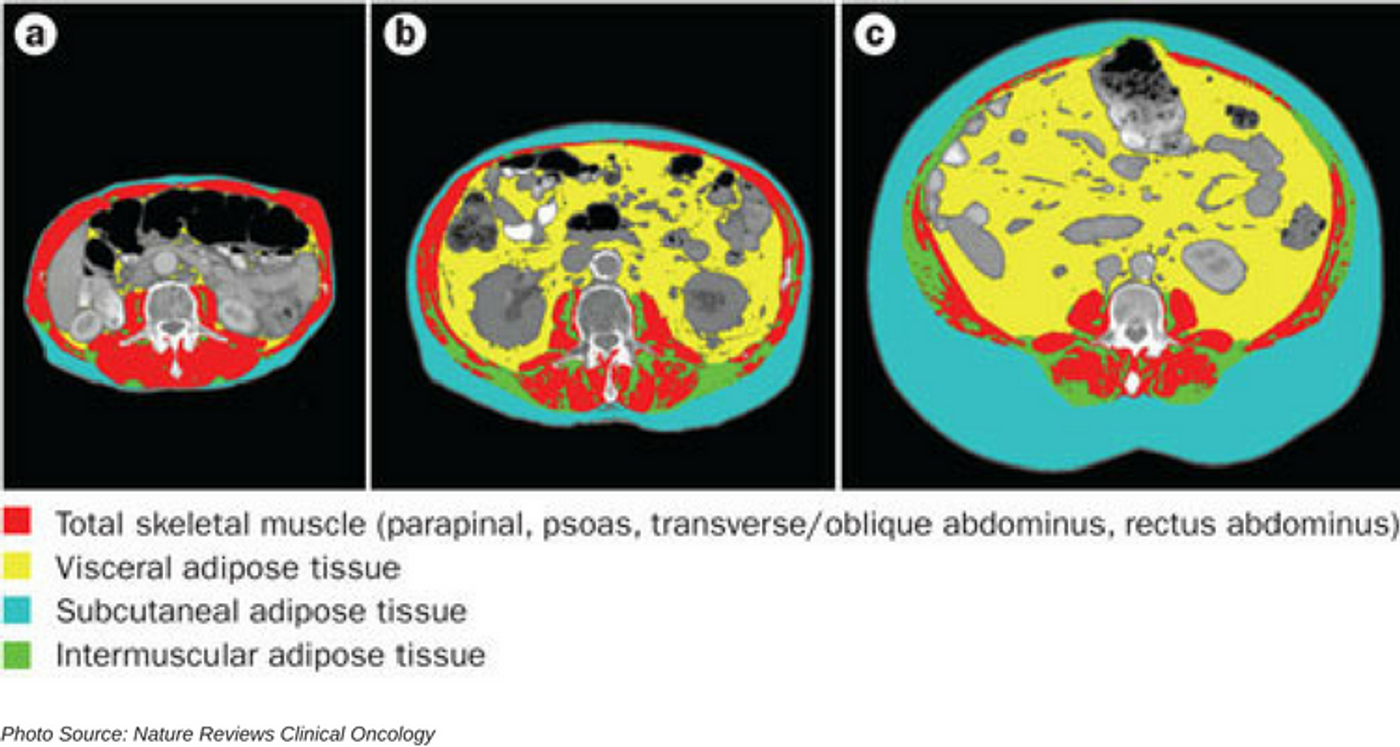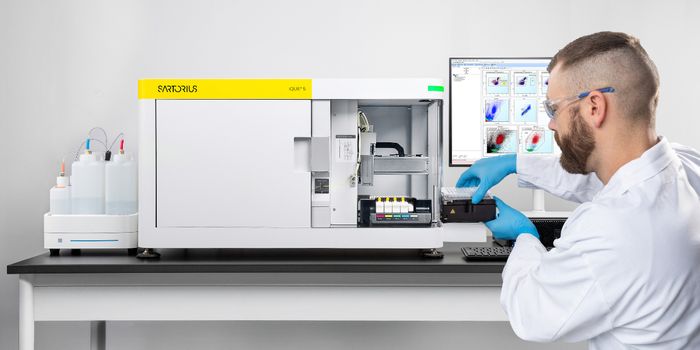Low Muscle Mass Could Be Affecting Breast Cancer Survival
In an article published in April 2018 in the journal JAMA Oncology, researchers from California evaluated the association of muscle and adipose tissue with survival rates of patients with nonmetastatic breast cancer. They found that low muscle mass could be linked to poorer outcomes for patients. The study included 3200+ women ages 18-80 diagnosed with stage II or III nonmetastatic breast cancer from the years 2000 to 2013.
Sarcopenia, or low muscle mass, low muscle radiodensity, and total adipose tissue (TAT) were the factors of focus in their investigation. The group utilized hazard ratios to account for associations of all-cause mortality with these three aforementioned factors. Additionally, the analysis models were modified to account for sociodemographics, tumor specificities, treatment choices, body mass index (BMI), and additional body composition measures. The group wanted to evaluate these particular body composition measures for valuable options to assist in intervention guidance for better survival outcomes.
The measures of muscle mass, muscle radiodensity, and TAT were acquired through clinical computed tomography (CT) in this group of patients. Low muscle radiodensity was not found to contribute to survival association, whereas low muscle mass and TAT provided significant prognostic information.
Of the participants, 34% of nonmetastatic breast cancer patients presented with sarcopenia. Those with sarcopenia showed higher overall mortality compared to those without. Additionally, patients with high TAT showed higher overall mortality compared to those with low adiposity. The group also created groupings of these factors and, not surprisingly, the highest mortality was observed in patients with both high TAT and low muscle mass. The evidence did not, however, support the use of BMI as an overall mortality indicator and did not appropriately identify patients at risk of death based on body composition factors.
As reported by the authors, sarcopenia is a largely unrecognized risk factor for overall mortality in this patient population. This information, and adiposity at time of diagnosis, could contribute to a clinician’s approach for planning. Of note, with the focus on body composition at the time of diagnosis, if changes in body composition took place to increase skeletal muscle mass and decrease TAT after diagnosis, could that positively shift the mortality risk?
Sources: JAMA Oncology, National Cancer Institute, Journal of Clinical Oncology, Journal of Cancer Survival, Nature Reviews Clinical Oncology,









